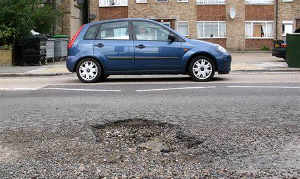Mould report calls for better education on waterproofing

A new study backed by the Victorian Building Authority (VBA) has highlighted improving practitioner education on waterproofing standards as an important tool in reducing the likelihood of mould damage inside buildings.
The VBA partnered with researchers from Victoria University and the Victorian Managed Insurance Agency (VMIA) to commission the study into indoor moisture and mould growth. It says the findings will be used to inform its Proactive Inspection Program to identify potential faults earlier.
The researchers primarily relied on data from domestic building claims from the VMIA, with about 2187 claims analysed, of which 92% (1995) had at least one water-related defect.
The report conducts a deeper analysis of a “representative sample” of the claims to look at factors that were likely to lead to mould, including those that were “indicative of a common root cause”.
Reviews of inspection reports and building report documents identified repeated patterns of “problematic building and plumbing work” that it says is “likely to result in moisture damage and indoor mould”.
It identified poor design documentation and non-compliant design and construction of balconies and internal wet areas as “broad factors” that likely resulted in increased moisturisation and mould growth.
The research suggests that the “root cause” of problematic building work could stem from design decisions and aspirations that could complicate the ability to weatherproof a building or are unaligned with a builder’s understanding of how to construct a water-tight building.
It further notes that there could be a general misunderstanding of roofing and waterproof requirements in the designing, building and plumbing industry.
VBA State Building Surveyor Andrew Cialini says all industry members should ensure that they are operating within required building standards and that the governmental body will look to punish wrongdoers.
“Practitioners are expected to follow building processes that result in buildings that are durable and resilient to the elements in accordance with the building regulations. To protect consumers the VBA will not hesitate to discipline and penalise poor performers accordingly,” Mr Cialini said.
The report says practitioners should be mindful of the threat of water-related damage, particularly in high-risk areas of balcony design and construction, and the consequences of poor property waterproofing.
It also suggests increased oversight to ensure buildings maintain roofing and waterproofing standards, including incorporating technology such as drones to support safe roof inspection.
The researchers acknowledged that the study’s sample size was limited, saying that the observations for “the broader built environment was beyond the scope of the study”.
The VBA will host a webinar with leading researcher Dr Tim Law to discuss the study and share the results.
Click here for the report.
Click here for more information on the webinar.





